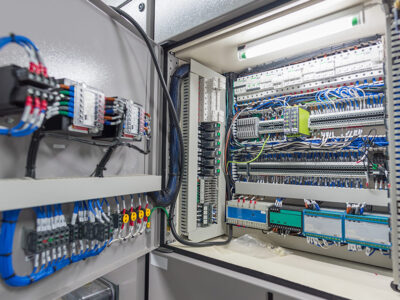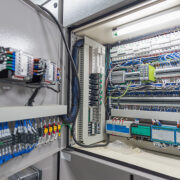As the world becomes more complex and information-rich, Business process automation becomes an increasingly important tool to enhance customer satisfaction. Compared to traditional manual processes, automation improves accountability and provides better insight into processes. It also eliminates human error and standardized work processes, ensuring a high level of predictability that builds customer trust. Essentially, a business has a set of rules and logic that governs how its processes run. While many processes can be automated, others require human intervention. Business process automation is a business strategy that is used to increase productivity and efficiency.
While the advantages of business process automation are often obvious, their downsides must be weighed against the benefits of automating business processes. For example, the tools may not be scalable to a business that grows rapidly, or may require a deep knowledge of software design and coding. For those without this knowledge, there are low-code options that use visual-process modeling to build automations. While these options may be less expensive and require minimal coding expertise, they lack the customizable features and support and customization that a business needs.
Businesses that embrace business process automation have realized a number of benefits. They can streamline the workflows of departments and make them more efficient. These improvements can ultimately result in greater profits and customer satisfaction. As a result, the software helps to cut the time it takes employees to complete certain tasks. In addition to speeding up the process, business process automation software can also increase accuracy and consistency. Many companies and industries use BPA software, so implementing it can help you achieve your goals.
Business process automation is a proven method to streamline and automate processes. A mix of integrated applications, software, and restructured manual functions has shown positive outcomes in process excellence. It eliminates the need for manual processes, ensuring that process tasks are executed efficiently and with minimal human error. There are many prerequisites for implementing business process automation, however. First, you need to determine the process to be automated, map its workflow, and collaborate with the process team. Once these steps are completed, business process automation software will simplify the entire process and reduce costs.
Business Process Automation is a technology that automates repetitive tasks and increases efficiency. The use cases of business process automation are diverse, so it’s not just limited to IT departments. It’s also used in the manufacturing industry, healthcare industry, retail industry, and education industry.Business process automation is a new way of transforming business processes and workflows. It is the use of software and tools to automate repetitive tasks that are typically done by humans.
In addition to reducing operational costs, business process automation improves customer satisfaction. By eliminating manual work processes, businesses are able to reduce the number of errors and improve customer service. Business process automation software eliminates manual work and enables employees to concentrate on more important tasks. Automation eliminates the need for costly mistakes and improves the overall efficiency of business operations. Most businesses are using BPA software to automate their processes. The benefits of BPA software are many.
MSGXP’s Freight Operating System offers end-to-end visibility into your supply chain, ensuring on-time deliveries and satisfied customers.











